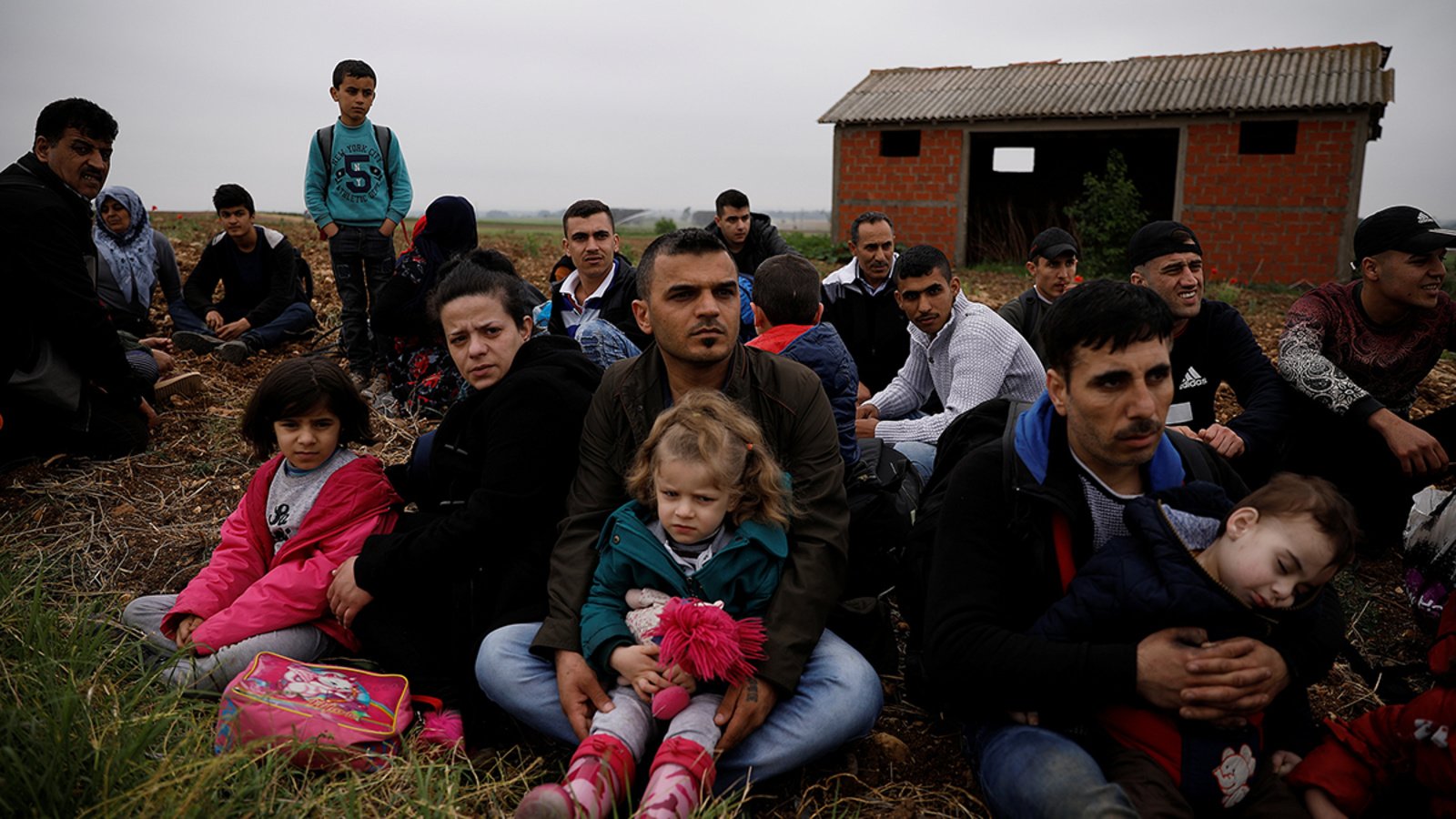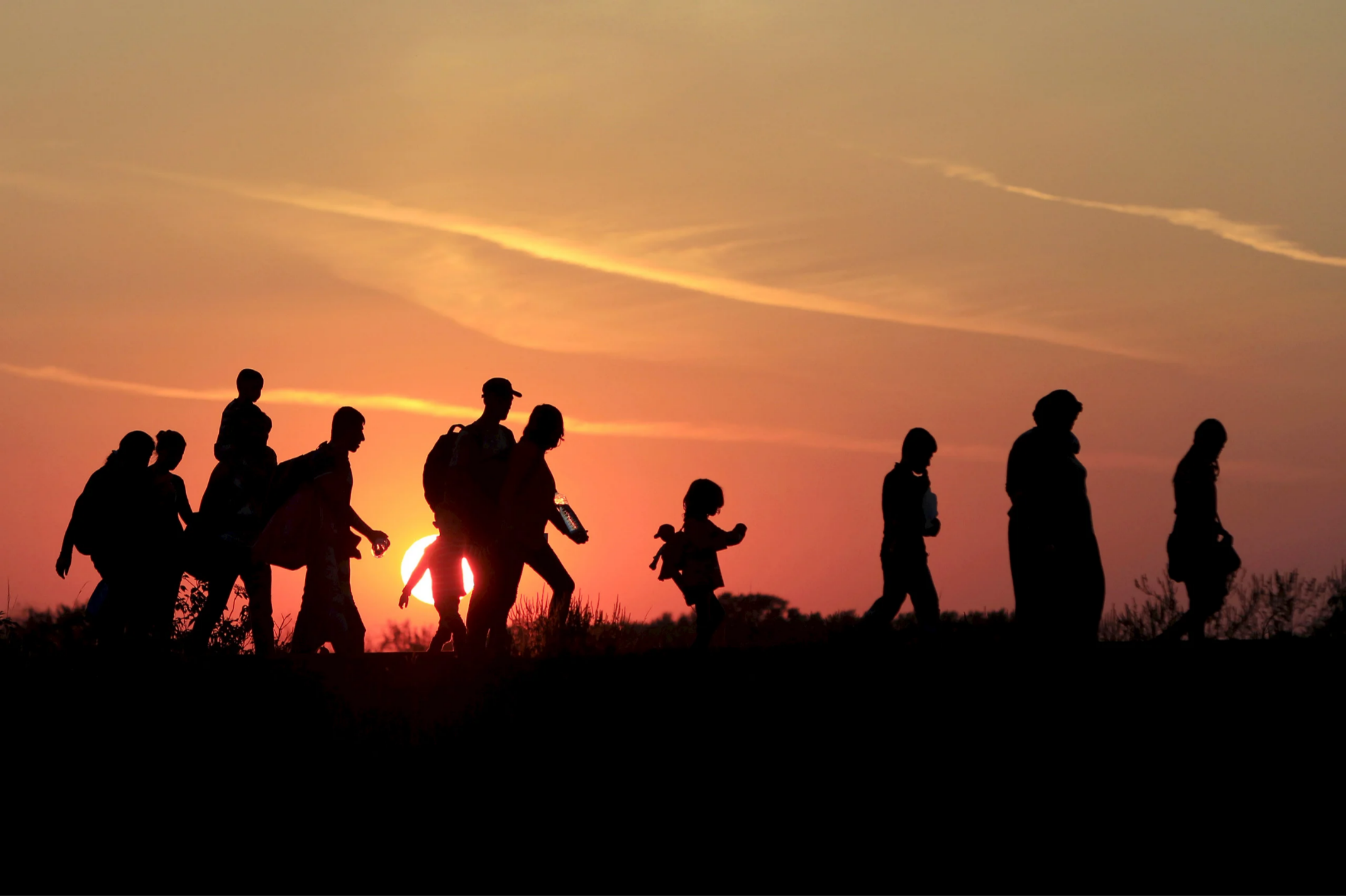Applications for permanent residence: Protected persons
Officers should arrange for the expedited medical examination of children (under the age of 18 years) when the particular circumstances increase the risk to their physical safety. Once the medical examination is completed, or where rapid medical clearance is not feasible and the child is at risk, visa officers should consider the option of early admission to Canada through the use of a temporary resident permit.
Removing a family member from the application
Protected persons may remove a family member from their application any time up to the point of being granted permanent residence. The individual who is removed from the application will not be granted permanent residence or issued a visa as a result of the application. The processing fee for that person will not be refunded once processing of the application has commenced.
Since the removal of a family member from the application will not change the fact that the family member has been listed in compliance with R10(2)(a), that family member may be sponsored in the future, provided that the individual remains otherwise eligible for inclusion in the family class at the time that the sponsorship application is submitted.
Because permanent separation may result, applicants must be asked to sign a declaration acknowledging this possibility before removing the family member from the application.
Dependent children, spouses or common-law partners who are determined to be protected persons and have applied for permanent residence may have their applications severed from the principal applicant’s application and be granted permanent residence apart from the principal applicant, provided they meet statutory requirements.
In cases where an included family member was never determined to be a protected person and wishes to be severed from the principal applicant’s application (for example, the principal applicant has left Canada), they should be instructed to apply for permanent residence under humanitarian and compassionate considerations. Included family members who are not protected persons are subordinate applicants, and the validity of their application is entirely dependent on the granting of permanent resident status to an eligible protected person (applicant).
Positive decisions on admissibility
Confirmation of Permanent Residence
Protected persons and their family members in Canada and abroad who meet all requirements can be granted permanent residence.
The CPC-M will input the permanent residence information into the Confirmation of Permanent Residence (COPR) document so that the IRCC may proceed to grant permanent residence to the applicant and any family members in Canada.
A protected person who has been determined to be a Convention refugee by the IRB does not require a Certificat de sélection du Québec (CSQ), although one is usually issued. Other protected persons residing in Quebec do require a CSQ in order to be granted permanent residence.
The local IRCC will follow the usual procedures for printing the COPR and scheduling the landing appointment. They will also notify the visa office if there are overseas family members included on the application so that visas may be issued.
Learn more about the processing of a Confirmation of Permanent Resident document.
The family member of a protected person in Canada is not automatically a protected person and is not accorded the same protection as a protected person once in Canada. Family members need to be determined as protected persons in their own right to gain that status.
A family member who is subsequently reported under A44(1), found as described and issued a removal order, may be removed from Canada if they are not a protected person in their own right.





